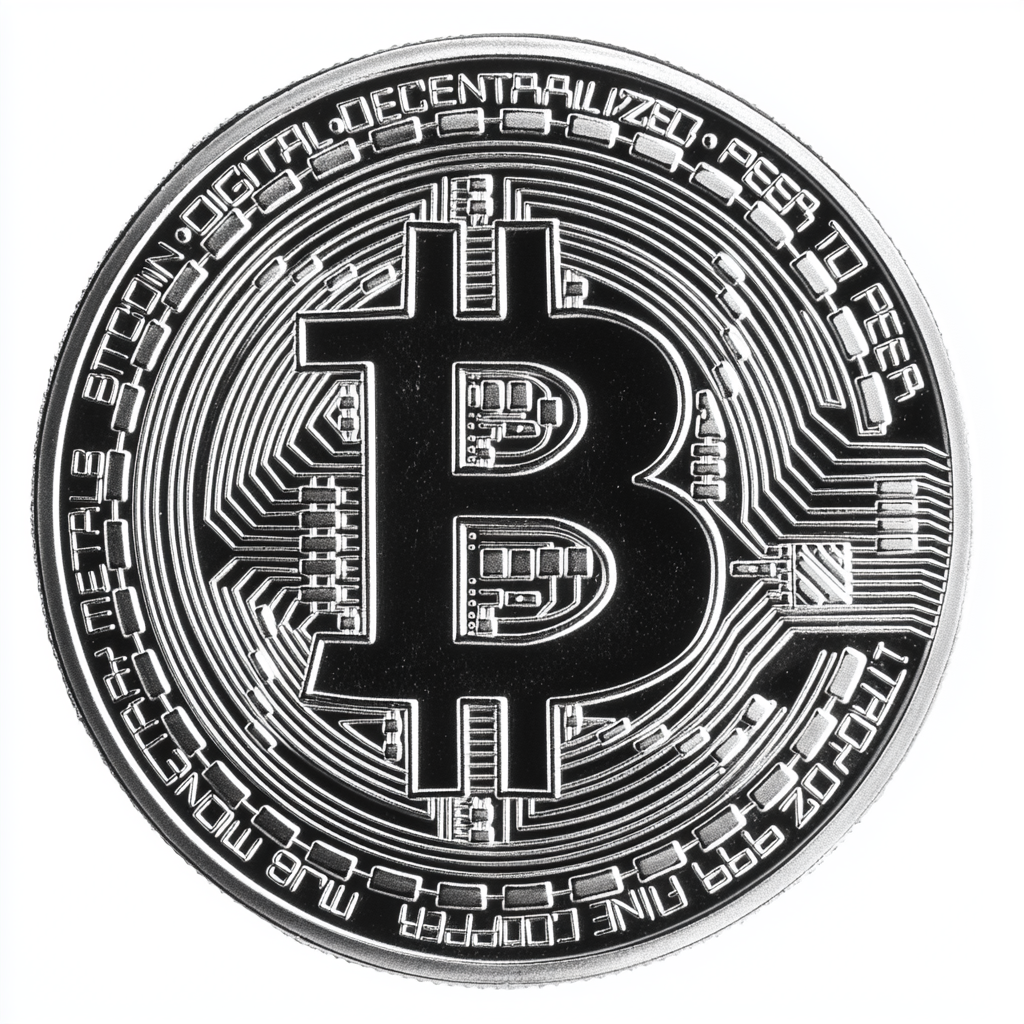- Ripple’s XRP is revolutionizing cross-border payments by enabling near-instantaneous and cost-effective transactions compared to traditional methods.
- XRP’s efficiency in reducing transaction costs presents a significant opportunity to empower individuals globally, especially benefiting economies in developing regions.
- Regulatory challenges remain as XRP navigates the fine line between centralization and decentralization, impacting its potential for widespread adoption.
- XRP offers the promise of democratized financial access, allowing engagement without traditional banking, with the ability to handle 1,500 transactions per second.
In a world where financial transactions are evolving at lightning speed, Ripple’s XRP is garnering attention as a potential catalyst for change. As blockchain technology surges forward, XRP is emerging as a formidable player, poised to revolutionize the landscape of cross-border payments.
Driving Financial Efficiency
Ripple’s XRP promises a groundbreaking shift in how global transactions are executed. By leveraging blockchain, XRP aims to slash the time and expenses linked to cross-border money transfers. Traditional methods can take days and involve hefty fees, but XRP offers near-instantaneous processing at a fraction of the cost. This could be a game-changer, especially for economies with fragmented financial systems, fostering economic inclusion and activity.
Impact on Global Remittances
With global remittances exceeding $500 billion in recent years, XRP’s efficiency presents a monumental opportunity. By lowering transaction costs and expediting transfer speeds, XRP stands to empower individuals, particularly in developing regions, fueling local economies with ease.
Regulatory Challenges and Opportunities
However, XRP’s journey is not without obstacles. The coin’s unique balance between centralization and decentralization sparks both curiosity and concern among regulators. Meeting compliance standards is crucial—failure here could jeopardize its widespread adoption. Yet, XRP’s model might intersect more seamlessly with current regulatory frameworks than other cryptocurrencies, potentially laying down a new path for blockchain technologies.
The Promise of Financial Access
Crucially, XRP holds the promise of democratizing access to financial services. Even those without traditional banking access could engage with the financial system through low-cost transactions. Despite debates over Ripple’s control over XRP, its capacity to handle an astonishing 1,500 transactions per second marks it as a significant contender against both conventional financial and cryptocurrency systems.
As Ripple navigates regulatory landscapes and technological advancements, the world watches closely. Will XRP redefine the very fabric of international finance? Only time will tell. Stay tuned for the unfolding narrative.
Is Ripple’s XRP the Future of Global Transactions? Discover the Truth Behind Blockchain Innovation!
How is XRP Transforming Cross-Border Payments?
Ripple’s XRP is at the forefront of changing global financial transactions, especially in cross-border payments. Its technology reduces the typical transfer time from days to mere seconds, and offers low transaction costs, as opposed to conventional methods. This could revolutionize the financial sector by providing rapid, cost-effective alternatives, particularly beneficial for emerging economies.
What are the Key Innovations Behind XRP?
XRP stands out due to its processing capacity—it handles about 1,500 transactions per second. This capability exceeds that of Bitcoin’s blockchain, positioning XRP as a viable option for large-scale financial systems. Moreover, unlike some cryptocurrencies that struggle with regulatory compliance, XRP is designed in harmony with existing financial regulations, which might facilitate its integration into mainstream finance.
Are There Any Risks or Controversies Associated with XRP?
XRP does face challenges, especially regarding its degree of centralization—a point of contention in the crypto community. Critics argue that Ripple’s significant control over the XRP Ledger contradicts the decentralized ethos of cryptocurrency. Additionally, pending lawsuits and regulatory scrutiny could affect its future trajectory. Investors need to stay informed about legal developments and market adaptations.
Key Trends and Predictions
1. Market Forecast: Ripple’s XRP is projected to capture a significant share in the cross-border payment market as more institutions seek efficient and cost-effective solutions.
2. Regulatory Trends: As governments worldwide tighten cryptocurrency regulations, XRP’s alignment with regulatory frameworks might offer a competitive advantage.
3. Sustainability and Security: Ripple focuses on maintaining XRP’s low energy consumption compared to cryptocurrencies like Bitcoin, creating a more sustainable financial product.
Suggested Links
For more information about Ripple’s XRP and its role in the financial ecosystem, you can visit the official site:
– Ripple
Conclusion
Ripple’s XRP could revolutionize the finance landscape by streamlining international transactions and democratizing access to financial services. Despite challenges, its technological advancements and compatibility with financial systems position it as a significant player. As developments unfold, the potential impact of XRP on global finance remains one of the most compelling narratives to follow.
















